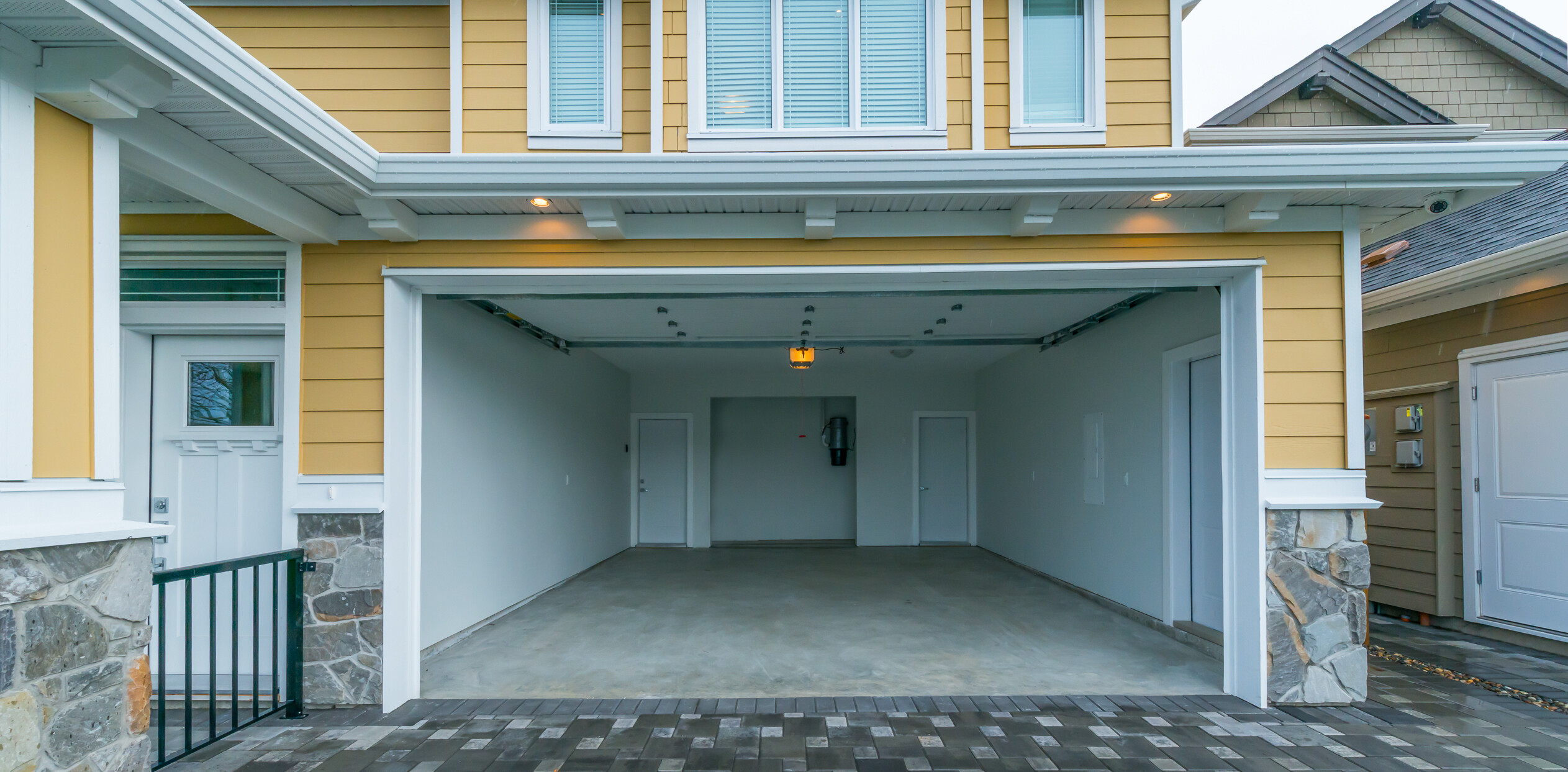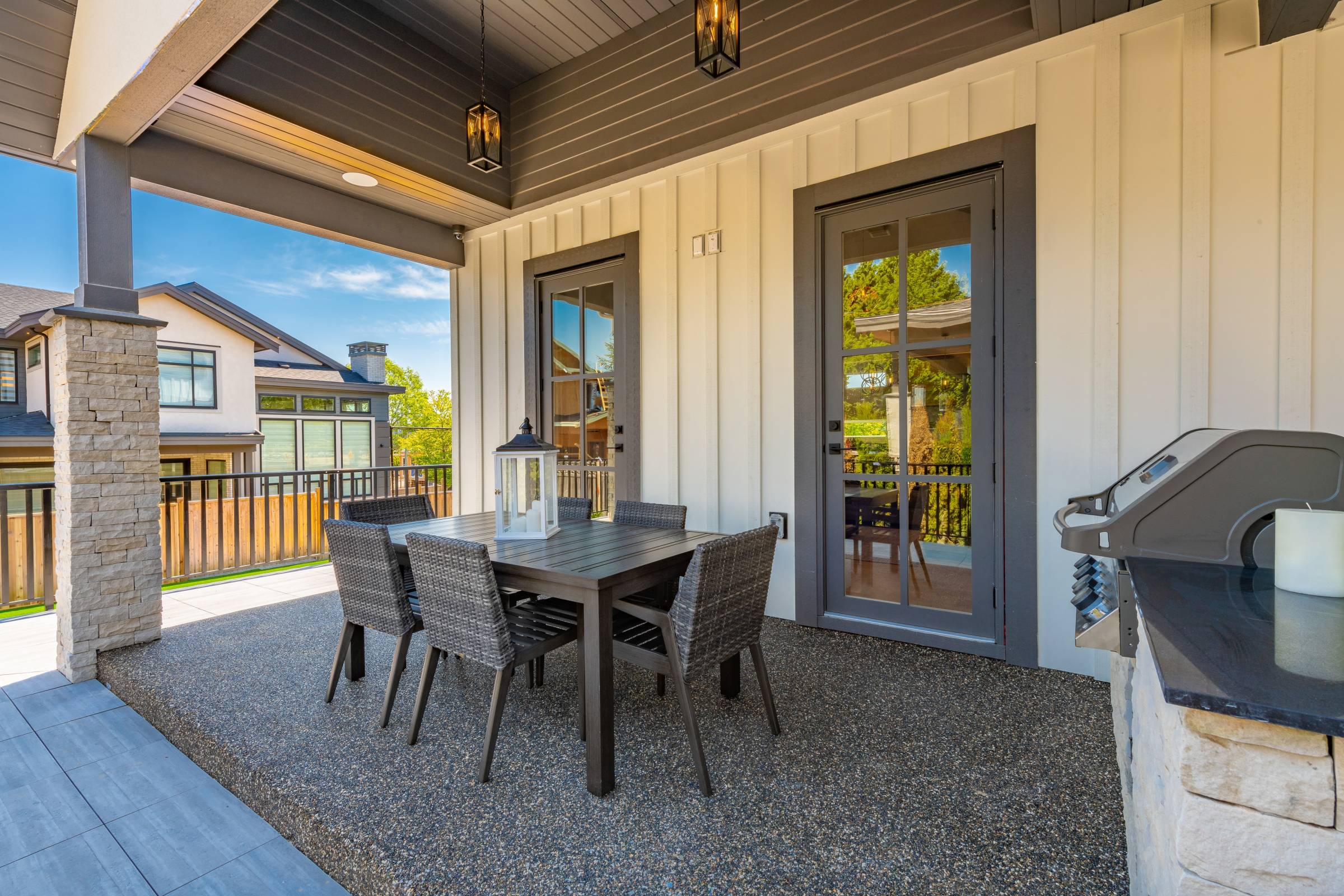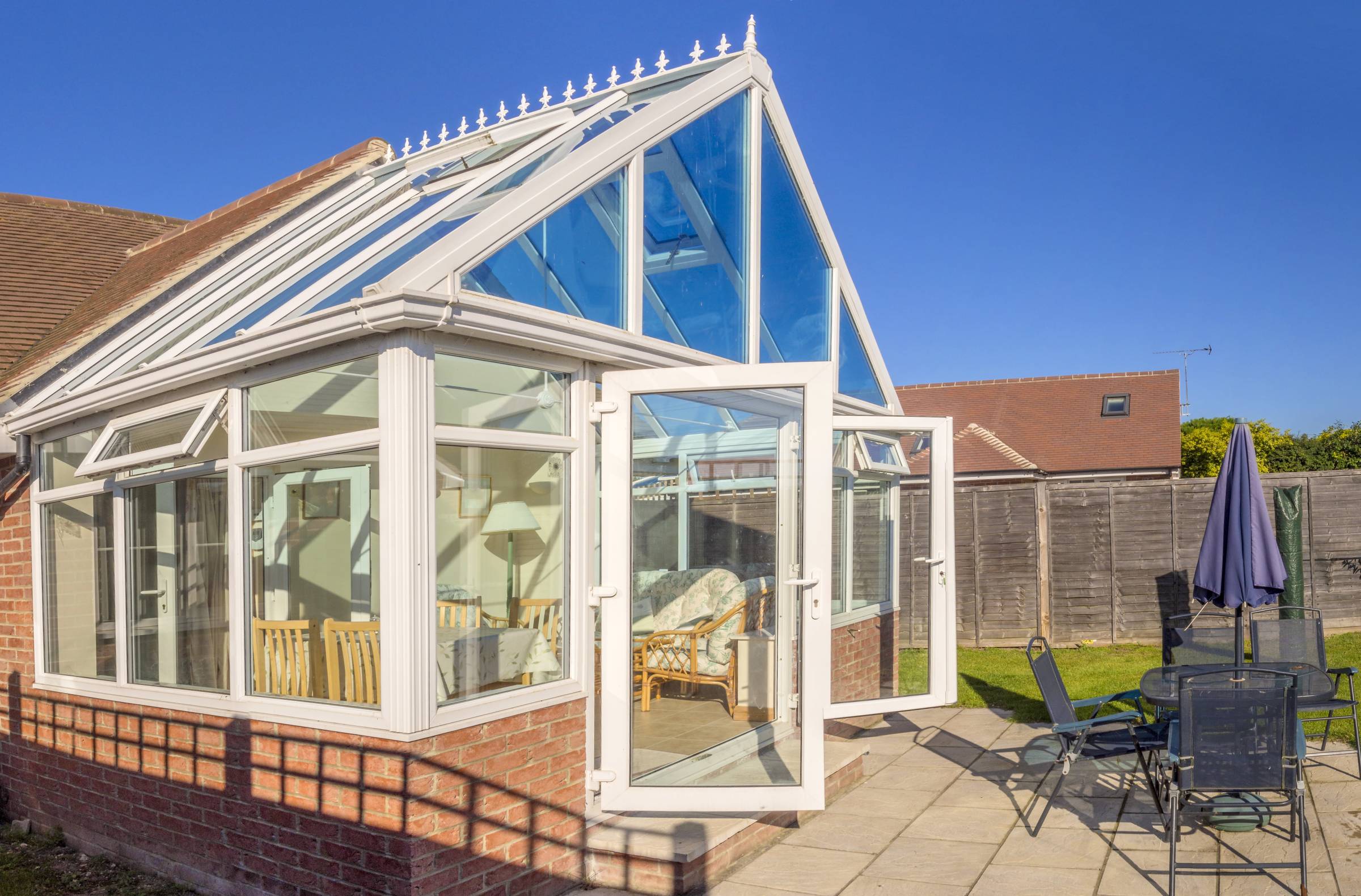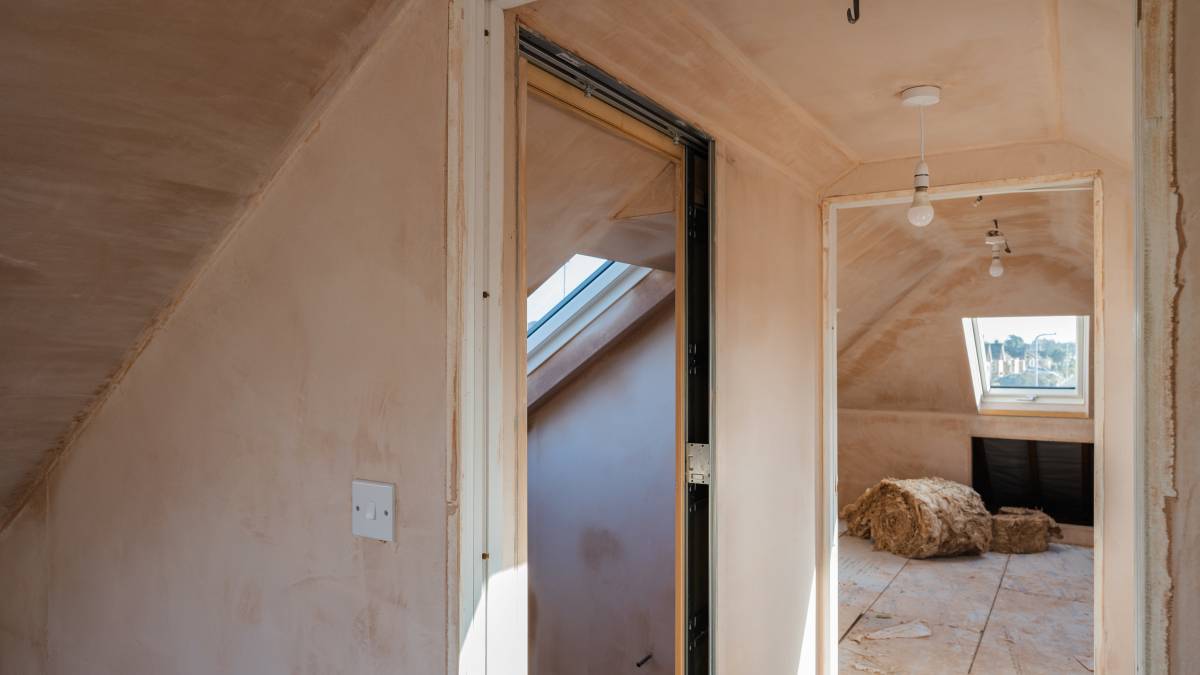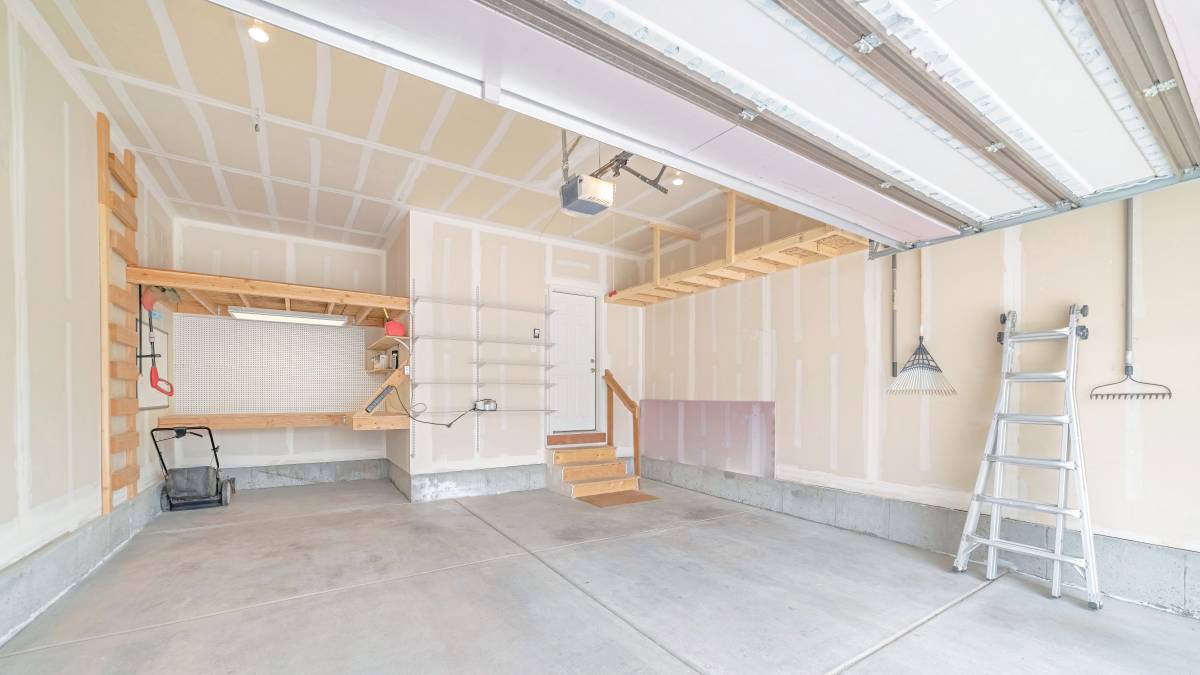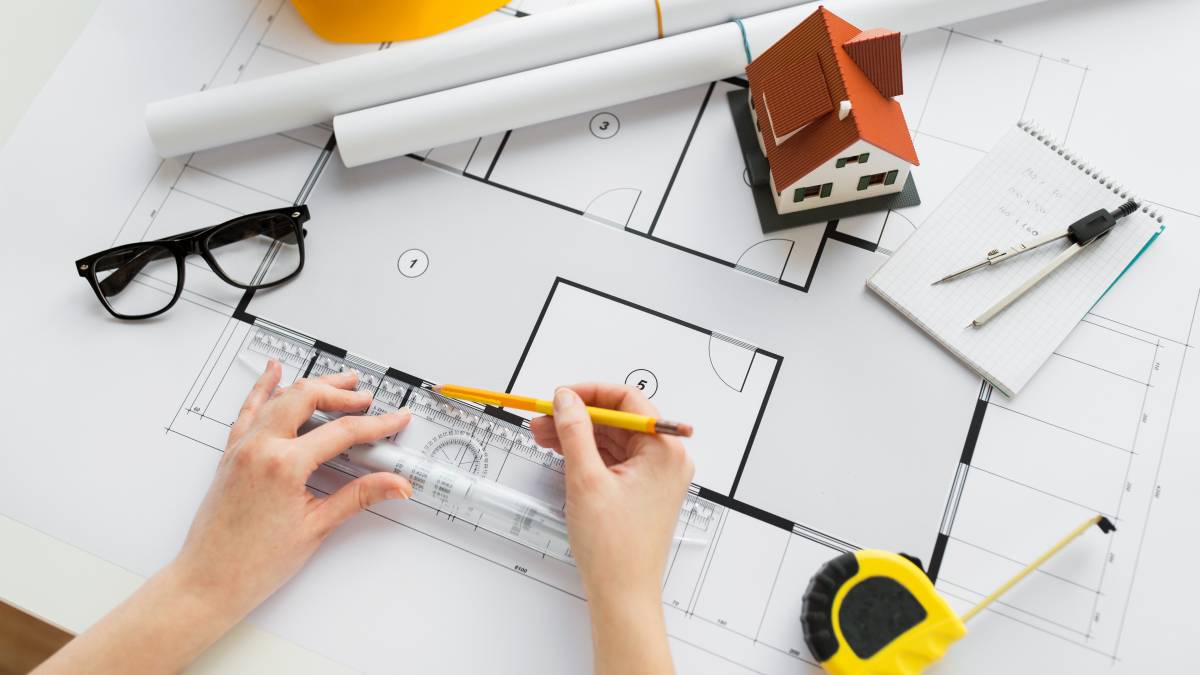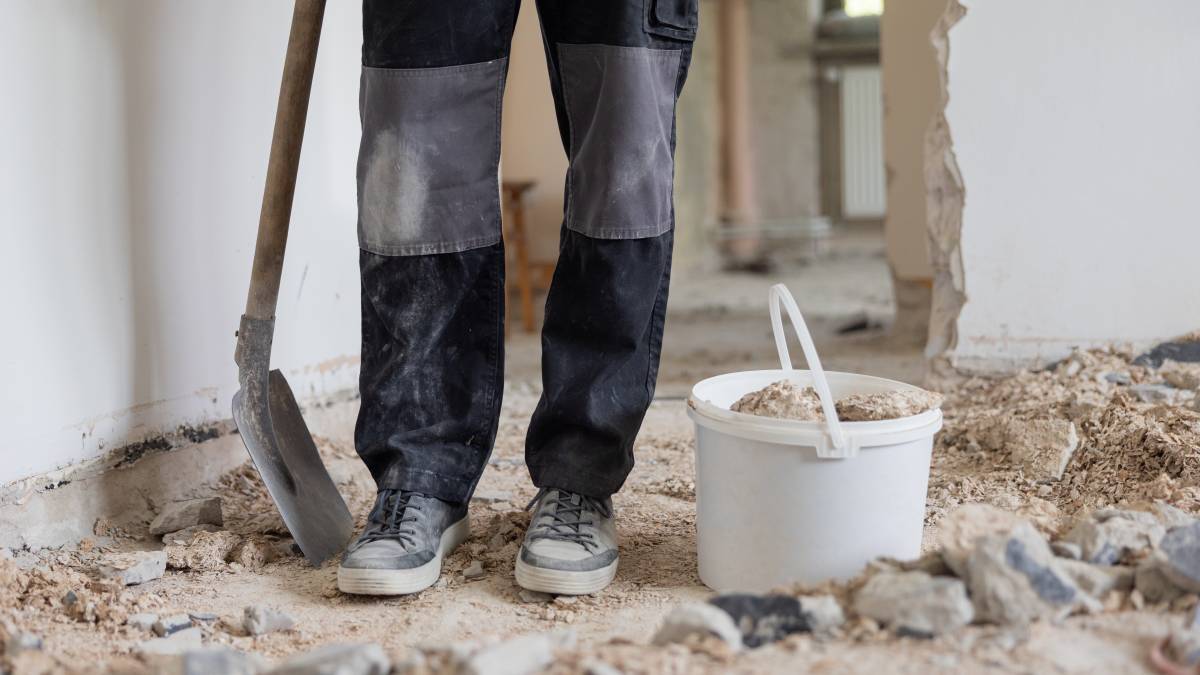- Home/
- Comparisons/
- House Renovation/
- Terrace vs. Balcony
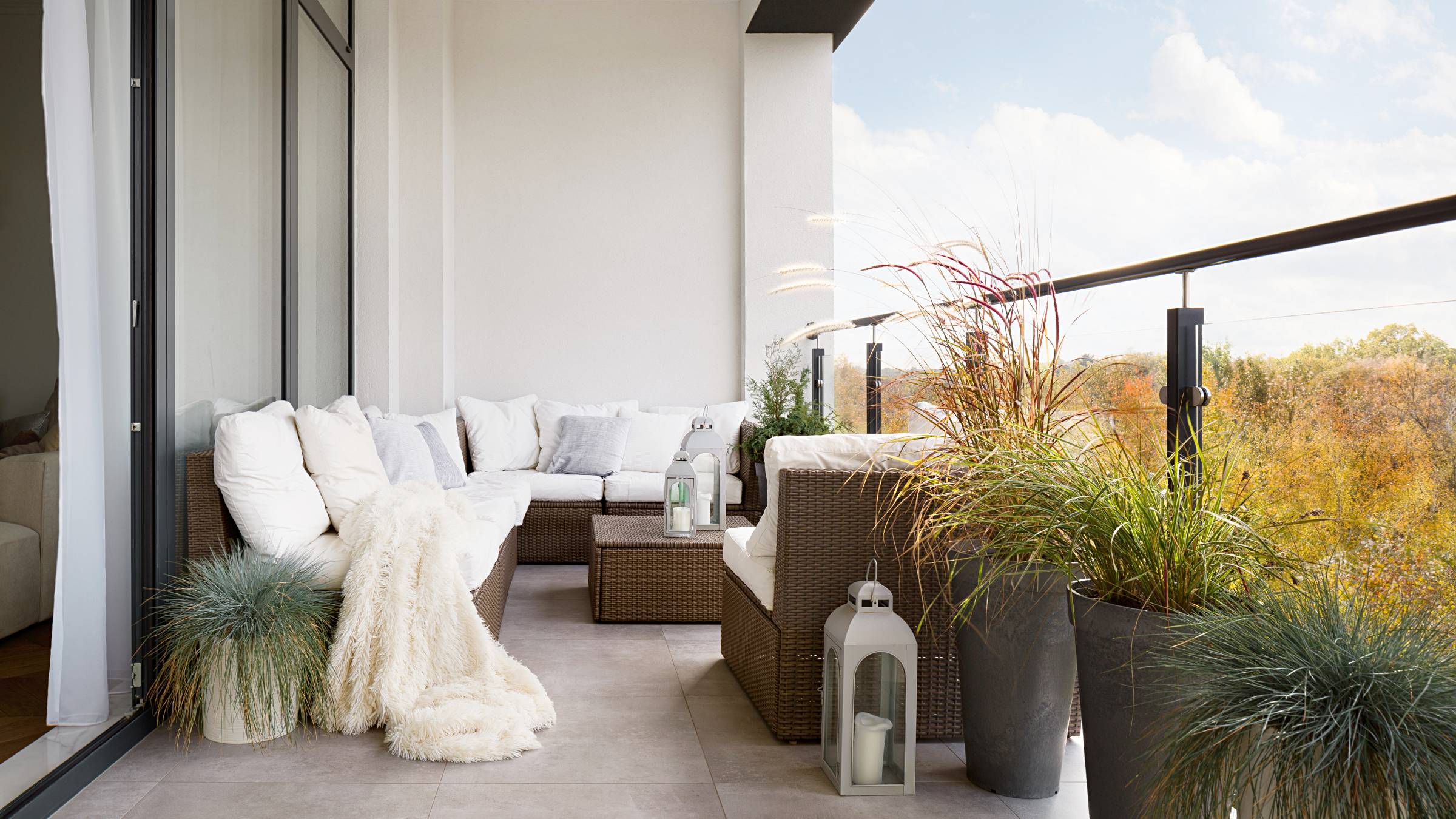
Terrace vs. balcony: Which is better for your home?
Comparing terraces and balconies based on cost, appearance, and more
Hire an architectLast Updated on
Key Facts
- A terrace is a big, flat, open space for relaxation and recreation beside or at the top of a building. One does not typically have to go inside a room to access this outdoor area.
- A balcony is a small enclosed space attached to a building’s exterior wall. It is usually accessible through the window or door of a room above ground level.
During any home renovation project, clear communication is crucial to prevent delays. This article aims to facilitate that communication by addressing two commonly confused outdoor features: terraces and balconies. Understanding the key differences between these structures can ensure your renovation project runs smoothly.
This terrace vs. balcony guide also serves as a decision-making tool. By exploring various factors, you can confidently choose the structure that best complements your lifestyle and enhances your dream home.
What is a terrace?
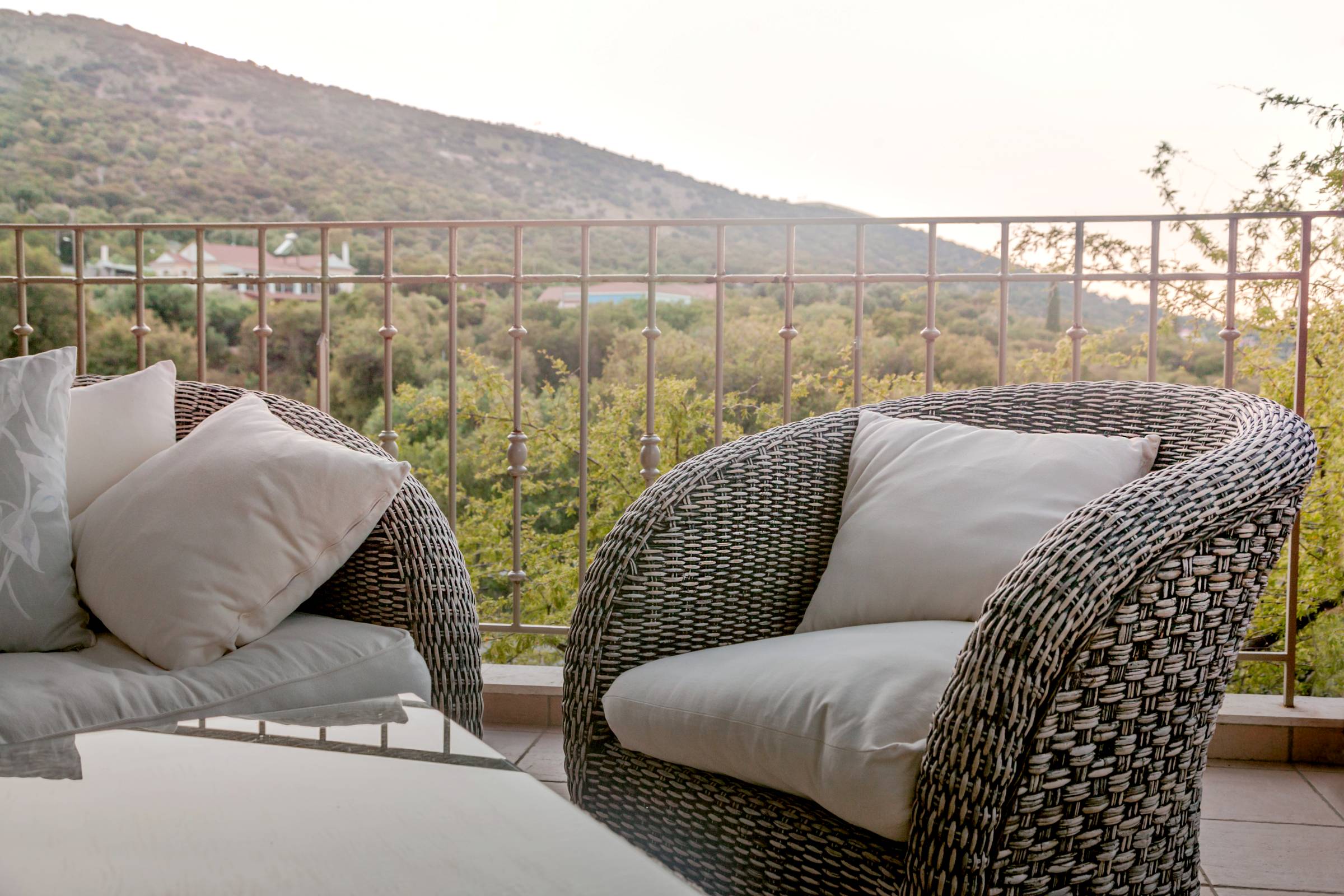
A terrace, in architecture, is a level area—usually tiled, decked, or paved—next to or at the top of a residential structure. When built on the ground, it is typically in the form of a raised outdoor platform and may or may not be connected to a main building. Since it is located outdoors, one can access a ground-floor terrace without having to enter the house. Additionally, a rooftop terrace can have a separate entrance through an outdoor stairwell, as well as an indoor stairway or a roof hatch.
As an open-air space, a terrace is the perfect place for relaxation, conversations, and bonding with family and friends.
What is a balcony?
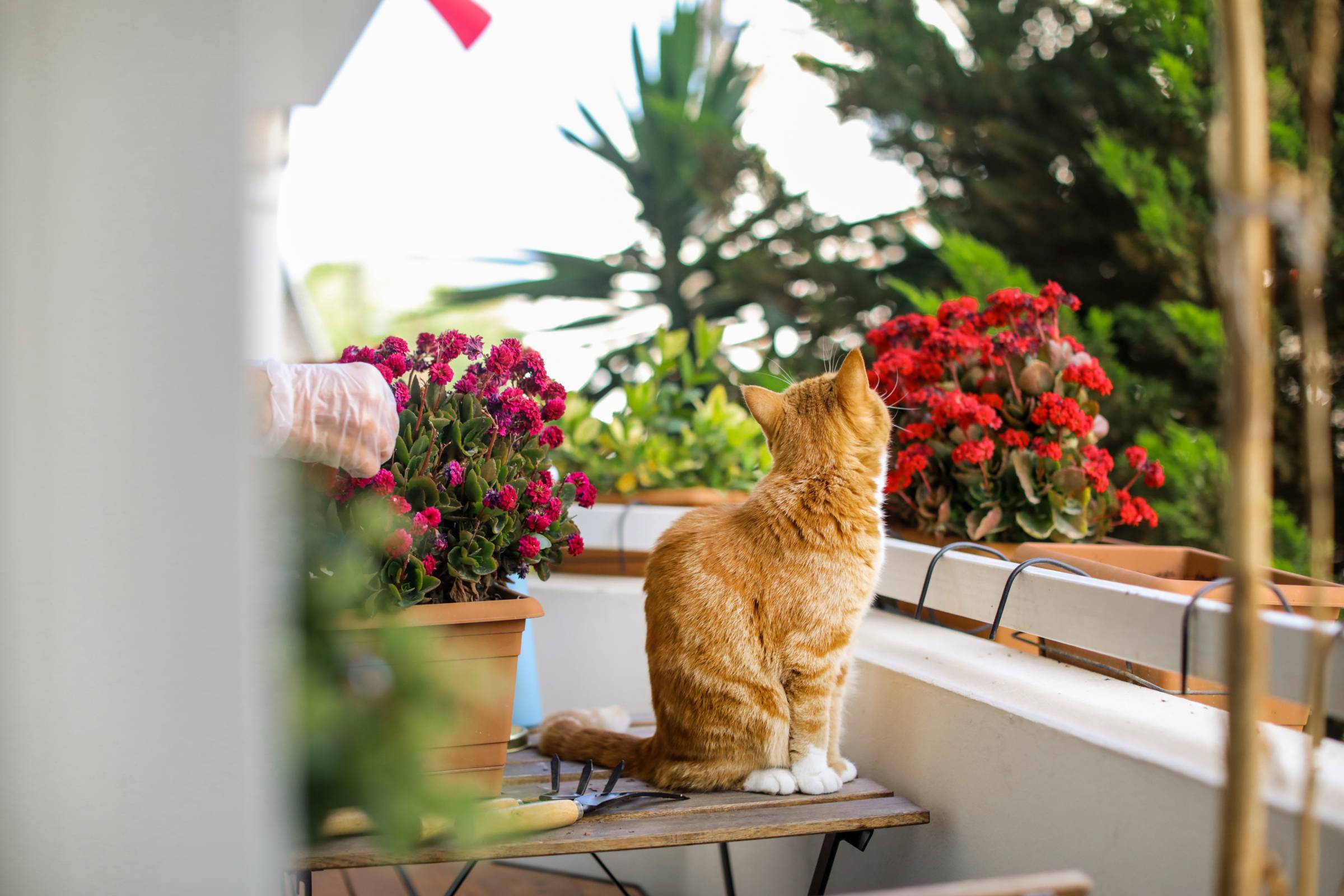
A balcony is a roofless or roofed area attached to a house that can be found on an upper level and is typically accessed through a room inside. As a safety feature, balconies should have low or high railings.
Just like a terrace, a balcony offers an al fresco experience to its users. Depending on its size, it may also be utilized as a hangout spot or a place to do other leisurely pursuits. But in most cases, a balcony serves as a mini garden if the space it offers is limited.
One of its most common variations is the Juliet balcony, which got its name from the Shakespearean play.
Balcony vs. terrace: Which is better for your needs?
Knowing the difference between a balcony and a terrace is the first step in deciding which structure is perfectly suited to your house and way of living. If you’re already leaning in favor of one option but are still unsure, taking note of the considerations below may be the final push toward committing to a choice.
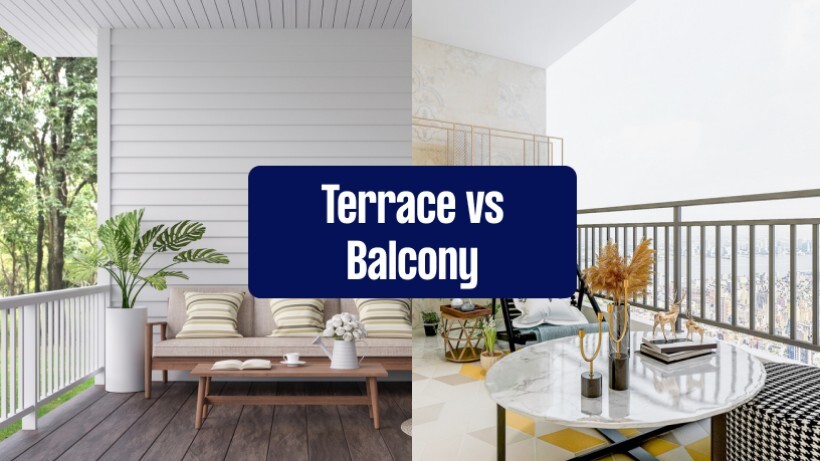
In terms of cost
The costs associated with constructing a terrace are typically higher than those related to building a balcony on the same property. Since terraces call for more square footage, they also necessitate more materials, a longer building process, and more manpower. On average, you have to shell out an amount from $7,500 to $15,000 for a roof terrace, while a ground-floor option is usually within the range of $3,000 to $5,500. On the other hand, a balcony may only set you back between $600 and $2,400.
In terms of appearance
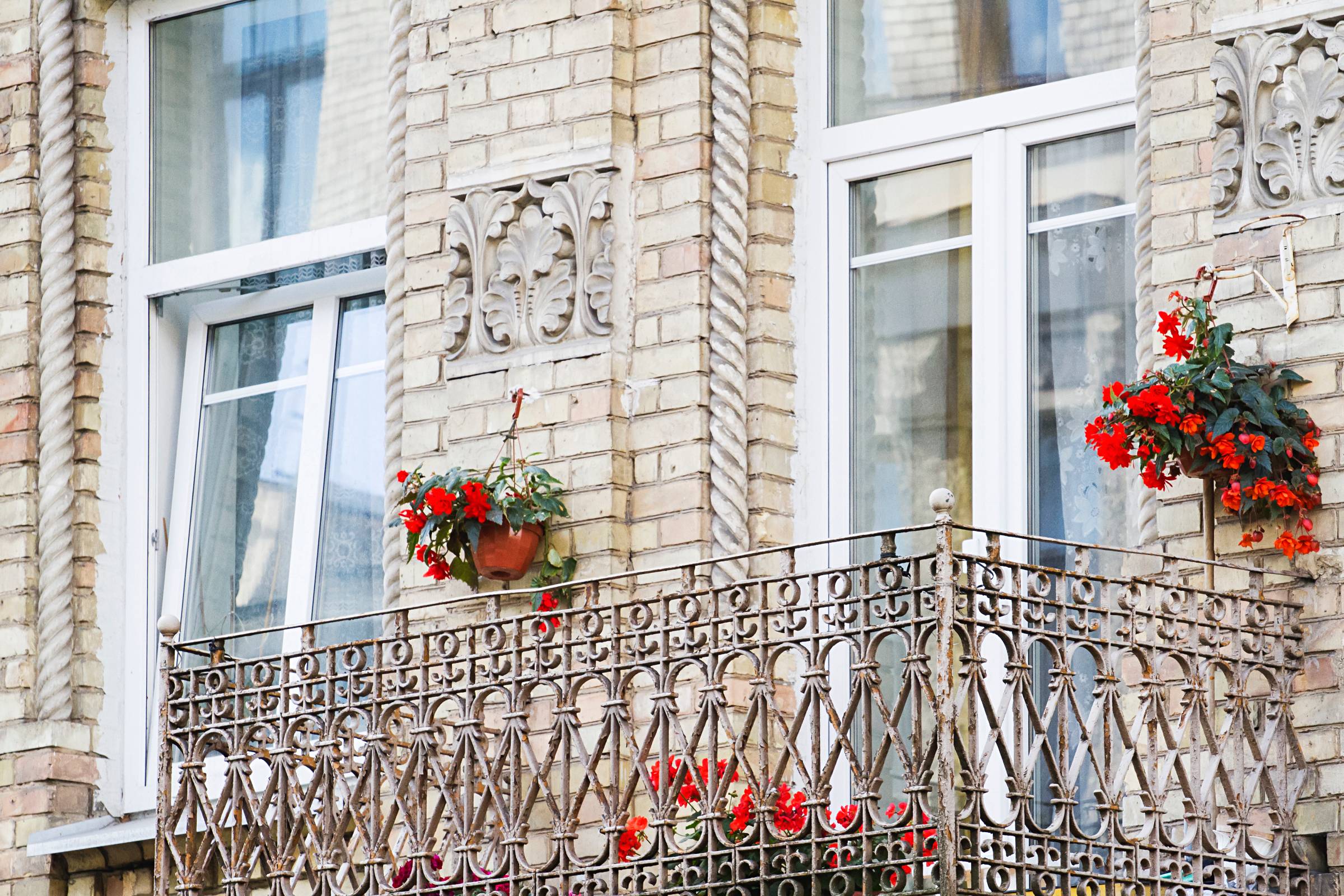
Aesthetic preference is subjective, so only you can ultimately decide if a balcony or a terrace will look better in your home. A balcony comes in forms like stacked, cantilevered, and hung. Its railings can also be made with materials such as glass, wood, and wrought iron. If well-designed and well-suited, a balcony built into your house’s facade can improve your entire property’s curb appeal.
Meanwhile, a terrace, which is typically more expansive than a balcony, might not be noticed by an onlooker at first glance, especially if it’s in your backyard. But it can be the best choice if you want an area that can be easily designed to look cozy, whether through homely furniture, warm lighting, or potted plants.
In terms of construction difficulty
Construction difficulty depends on many factors, including size, shape, and materials. To ensure the integrity and safety of a balcony, its design may also need to comply with several technical requirements, including ones related to its distance from the ground and the spacing between railing posts.
Likewise, a terrace has to abide by a city’s or a state’s building regulations in terms of maximum size, location within a property, and utilities, among others. But in general, building a basic terrace is less complex than constructing a simple balcony since the former is basically a raised flat surface on solid ground.
In terms of privacy/security
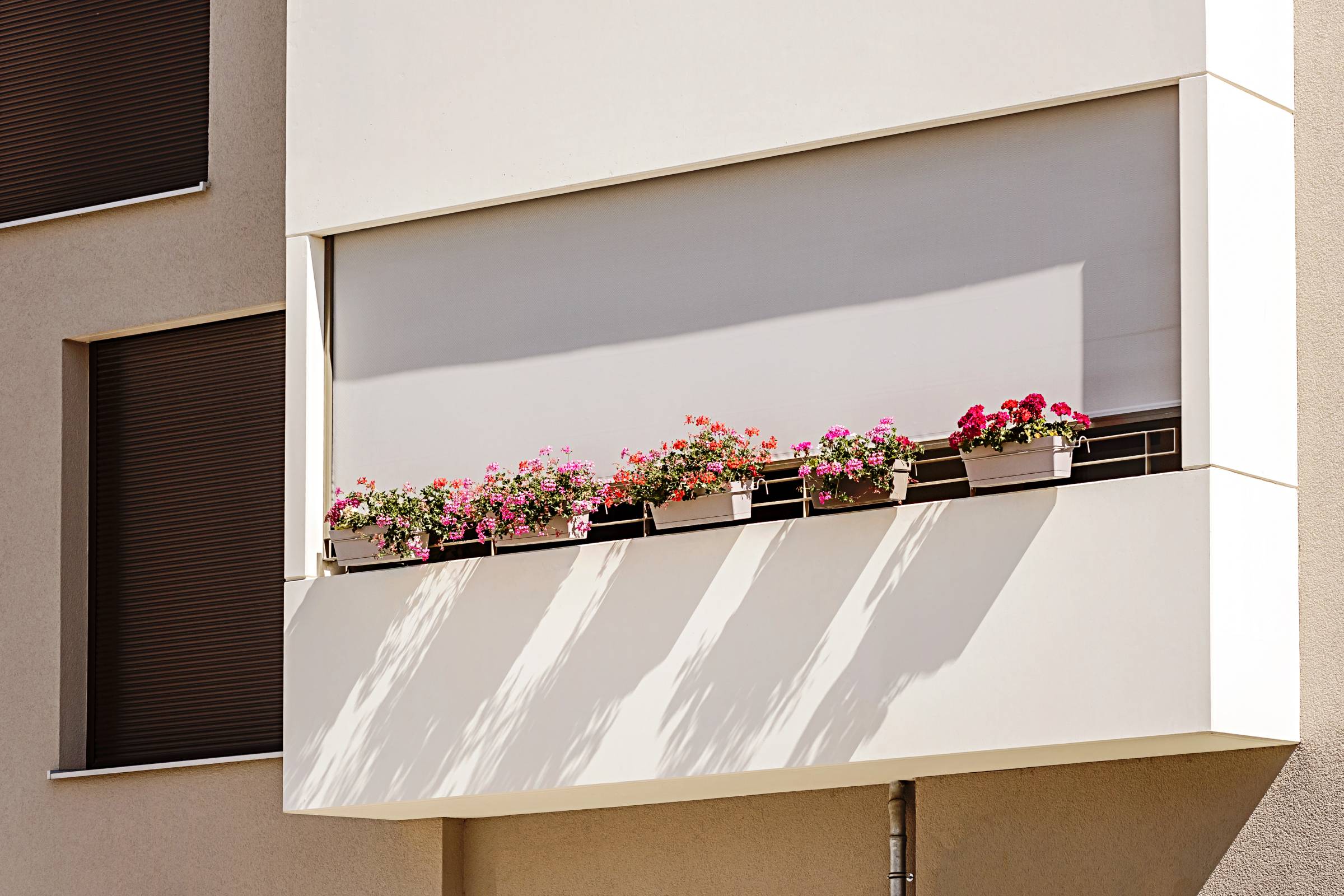
Because balconies are located on an upper floor, and their entrance is inside the house, they are less easy to access than a terrace. Railings also make balconies a more secure and private space because they can partly shield whatever is taking place in the interiors of a home.
In terms of versatility/functionality
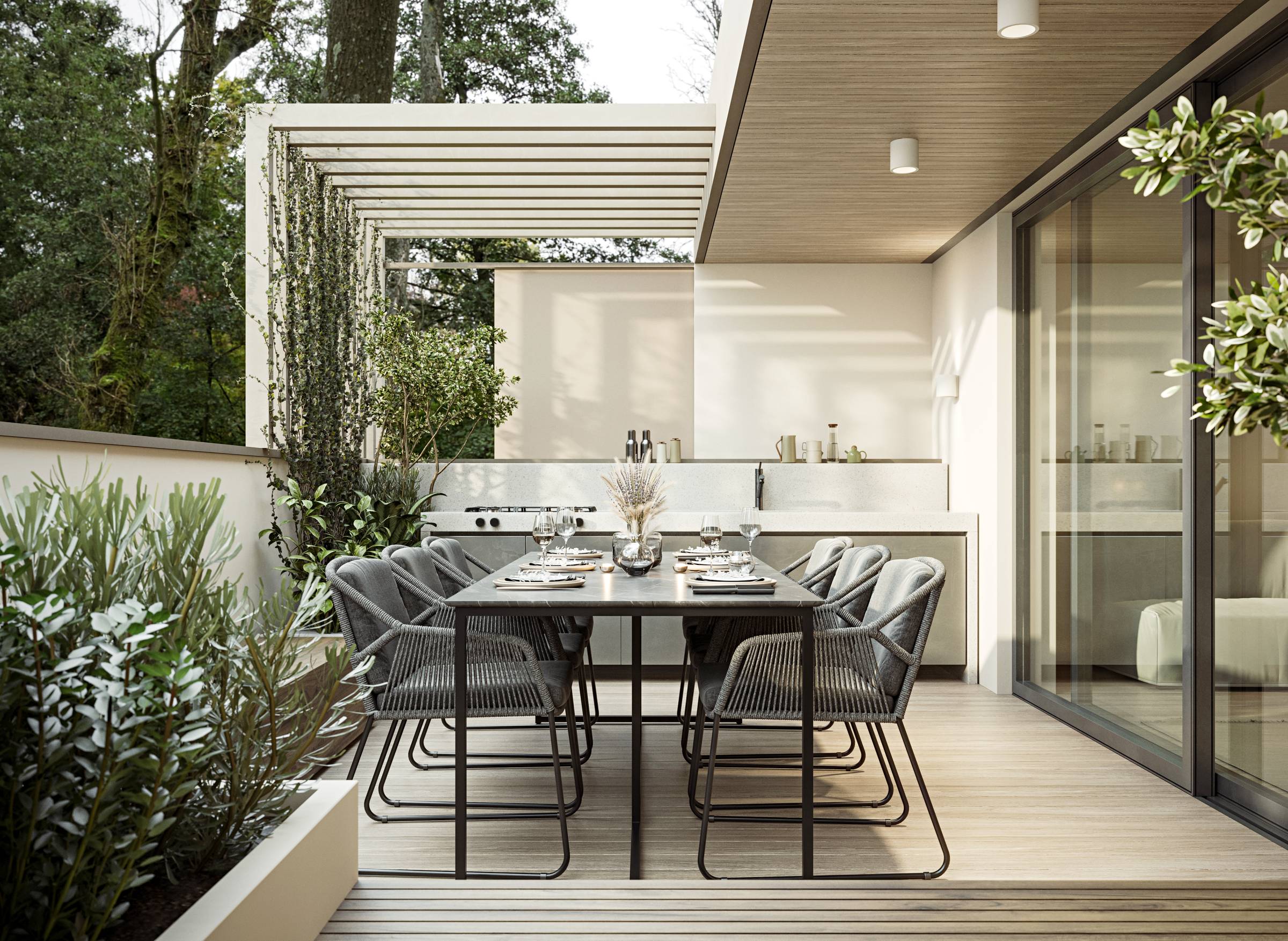
Due to its size, a ground-level or rooftop terrace offers more utility, including for relaxation, gatherings, and gardening. It can even be furnished with items like a dining set, a grill, and a hot tub. In some instances, a balcony can also provide similar functions on a much smaller scale. However, balconies are typically designated as a gardening area or hangout place for one to two people.
In terms of durability/maintenance
In general, a terrace is more solidly constructed than a balcony due to several elements at play. For one, the bottom of a terrace is planted to the ground or the topmost floor of a building, while a balcony typically hangs on a structure’s wall. Sturdier materials like natural stone, concrete, and hardwood are also usually used to construct terraces.
However, since a smaller area is commonly more manageable to maintain, a balcony is ideal for someone with limited time to do space upkeep.
In terms of eco-friendliness
The presence of flora and your choice of materials can help lessen your balcony’s or terrace’s carbon footprint. But in general, terraces are more eco-friendly since they are more likely to be decorated with an abundance of plants. Additionally, they often use materials that take less energy to make.
Achieve your dream terrace or balcony with Airtasker
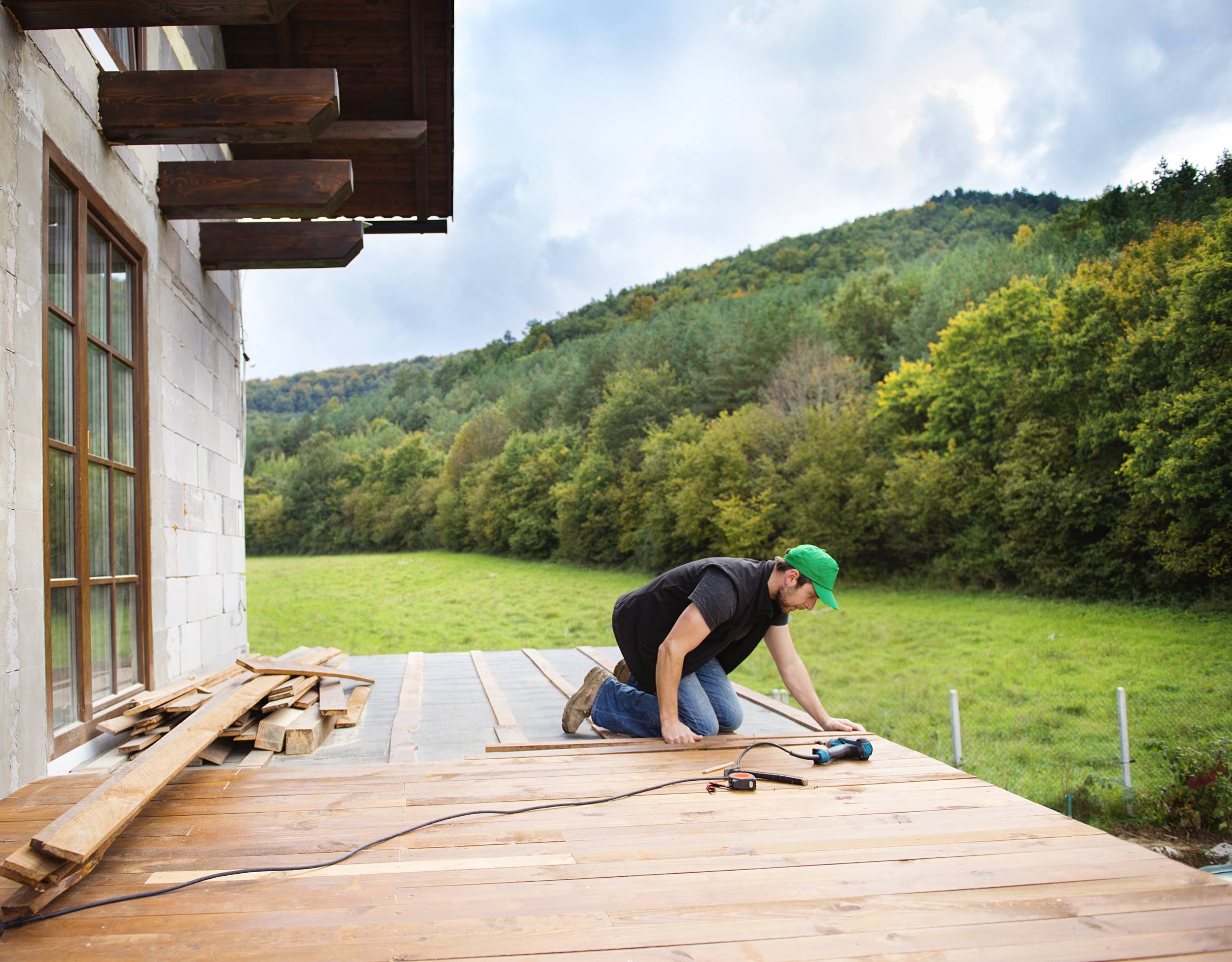
Whether you’ve chosen a balcony or a terrace to enhance your home, the next step is turning your vision into reality. While the DIY approach can be tempting for its cost savings and customization potential, it might not be the best fit for everyone. If you lack construction experience, tackling the project yourself could lead to errors and unmet expectations.
Here’s where Airtasker comes in. The site has a directory of industry experts—from residential architects to house renovators—offering professional assistance in the form of advice, construction services, or anything in between. You only need to post a task and list your budget, your location, and the square footage of your planned balcony or terrace. Once Taskers contact you, pick who you think will do the best job based on their ratings.
Know someone with a home construction project lined up? Help them reach out to professional home builders by showing how easy the process is via Airtasker.
Terrace vs. balcony
| Terrace | Balcony | |
|
Cost |
More expensive and ranges from $3,000 to $15,000 |
Much more affordable and usually goes from $600 to $2,400 |
|
Appearance |
Usually bigger than a balcony Either on ground level or on the rooftop More options for personalization through furnishings |
Typically smaller than a terrace On the upper floors of a building Limited in the number of items that can be placed |
|
Construction Difficulty |
Generally easier to build due to its location |
More difficult to construct due to placement |
|
Privacy/Security |
Offers less privacy due to its openness and easy accessibility |
Is more private and secure due to its entrance location and railings |
|
Versatility |
Can serve multiple functions |
Very limited functionality due to size |
|
Durability/Maintenance |
Typically uses more durable materials |
Easier to maintain due to limited space |
|
Eco-friendliness |
More eco-friendly in terms of materials and capability to house more greenery |
Uses less eco-friendly materials and cannot accommodate several plants |
FAQs on terraces and balconies
Yes, balconies are typically connected to a room inside a house. But this does not mean they cannot lead to open spaces, such as corridors, a staircase landing, or a reading nook.
A balcony—as opposed to a terrace—is the perfect choice if you can only allocate a small area to a new home feature. Since balconies are attached to the side of a house above ground level, they will not take up any valuable space and will actually add more. For this reason, balconies are a popular feature in any apartment building and most hotels in urban areas.
Porches are elevated platforms outside a house, just like terraces. But a porch is different from a terrace in that it is specifically attached to the front of a building, has walls or railings, and has a roof.
Find house renovation contractors, fast
Post a task
Related articles
Related price guides
